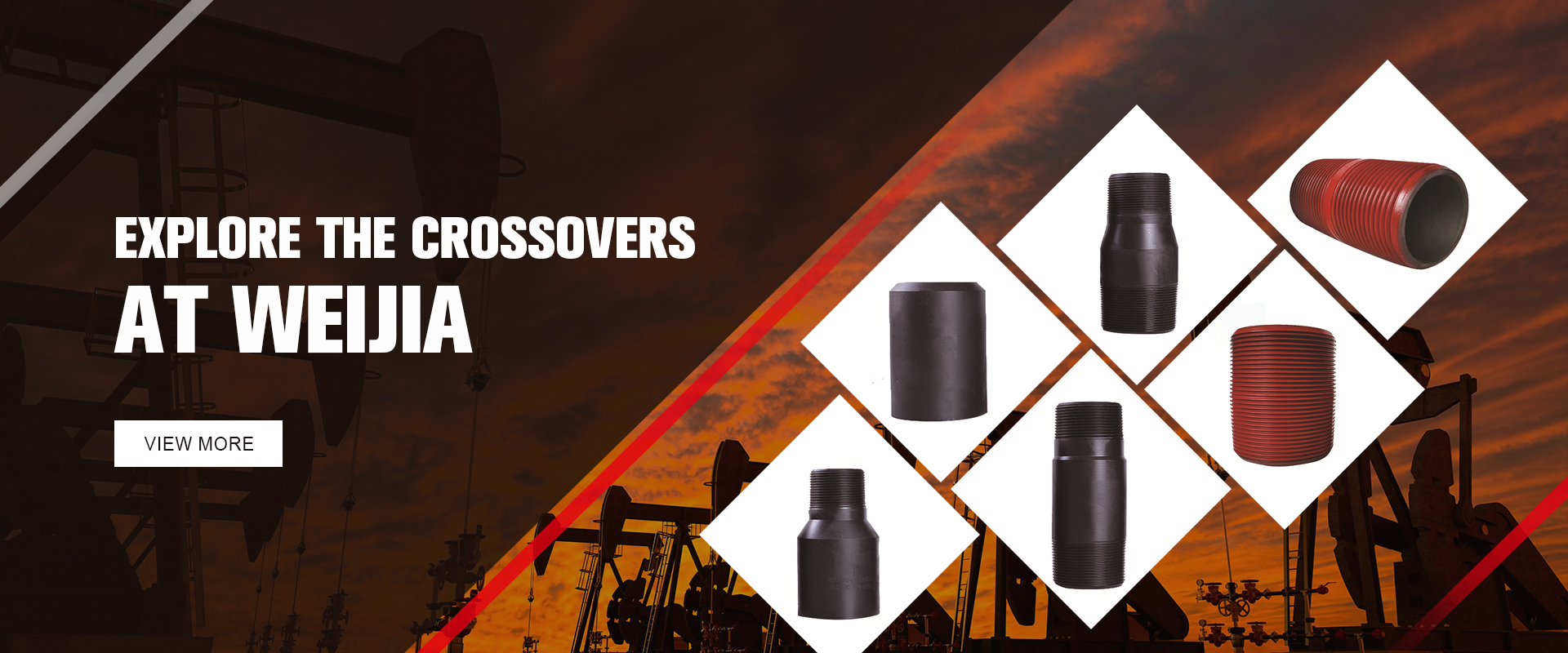- Afrikaans
- Albanian
- Amharic
- Arabic
- Armenian
- Azerbaijani
- Basque
- Belarusian
- Bengali
- Bosnian
- Bulgarian
- Catalan
- Cebuano
- Corsican
- Croatian
- Czech
- Danish
- Dutch
- English
- Esperanto
- Estonian
- Finnish
- French
- Frisian
- Galician
- Georgian
- German
- Greek
- Gujarati
- Haitian Creole
- hausa
- hawaiian
- Hebrew
- Hindi
- Miao
- Hungarian
- Icelandic
- igbo
- Indonesian
- irish
- Italian
- Japanese
- Javanese
- Kannada
- kazakh
- Khmer
- Rwandese
- Korean
- Kurdish
- Kyrgyz
- Lao
- Latin
- Latvian
- Lithuanian
- Luxembourgish
- Macedonian
- Malgashi
- Malay
- Malayalam
- Maltese
- Maori
- Marathi
- Mongolian
- Myanmar
- Nepali
- Norwegian
- Norwegian
- Occitan
- Pashto
- Persian
- Polish
- Portuguese
- Punjabi
- Romanian
- Russian
- Samoan
- Scottish Gaelic
- Serbian
- Sesotho
- Shona
- Sindhi
- Sinhala
- Slovak
- Slovenian
- Somali
- Spanish
- Sundanese
- Swahili
- Swedish
- Tagalog
- Tajik
- Tamil
- Tatar
- Telugu
- Thai
- Turkish
- Turkmen
- Ukrainian
- Urdu
- Uighur
- Uzbek
- Vietnamese
- Welsh
- Bantu
- Yiddish
- Yoruba
- Zulu
Understanding Metric Pipe Couplings for Efficient Fluid Transportation and Connection Solutions in Various Applications
Understanding Metric Pipe Couplings Essential Components in Fluid Transfer Systems
Metric pipe couplings are crucial components in various fluid transfer systems, serving to connect two sections of piping or connect pipes to other fittings, valves, or equipment. These couplings come in standard metric sizes, which are widely adopted in many countries around the world, particularly in Europe and Asia. This article will delve into the importance, types, applications, and advantages of metric pipe couplings.
Importance of Metric Pipe Couplings
The primary role of pipe couplings is to create a secure and leak-proof connection between two pipes. This is essential in various applications where fluids, gases, or even slurries must be transported efficiently and safely. The correct choice of coupling ensures that the integrity of the piping system is maintained, minimizing the risk of leaks that can lead to costly damages and environmental hazards.
Additionally, metric couplings are designed to meet specific pressure and temperature ratings, making them suitable for various applications ranging from simple water transport to more complex industrial processes. These couplings also facilitate ease of installation and maintenance, allowing for quick disassembly and reassembly without compromising the system's reliability.
Types of Metric Pipe Couplings
Metric pipe couplings are available in different styles and materials, each suited for specific applications. Here are some common types
1. Screw Couplings These rely on threaded connections and are easy to install. They are commonly used in low-pressure applications and can be made of various materials including plastic, brass, and stainless steel.
2. Flanged Couplings Flanged couplings utilize flat surfaces with bolts to create a secure connection. They are ideal for high-pressure applications and are often used in industries such as oil and gas.
3. Socket Weld Couplings These are suitable for high-pressure systems and feature a smooth internal surface that reduces turbulence and pressure drops. Socket weld couplings are typically used in industries such as chemical processing.
metric pipe couplings

5. Compression Couplings These provide a strong connection by compressing the pipe ends, making them popular in plumbing applications where ease of installation is vital.
Applications of Metric Pipe Couplings
Metric pipe couplings can be found in various sectors, including
- Construction Utilized in plumbing and HVAC systems for connecting pipes and fittings. - Oil and Gas Employed in the transfer of hydrocarbons, fracking operations, and drilling systems where reliability is key. - Chemical Processing Used to connect pipes that transport corrosive materials, designed to withstand harsh conditions. - Agriculture Applied in irrigation systems and fluid transport in agricultural processes.
Advantages of Using Metric Pipe Couplings
Choosing metric pipe couplings offers several advantages
- Uniformity The standardization of metric sizes means that components from different manufacturers can be interchangeably used, simplifying the selection process. - Availability Metric couplings are widely available, ensuring that replacement and repair parts can be easily sourced. - Efficiency They allow for quick assembly and disassembly, which is particularly beneficial for maintenance and inspection. - Versatility With different types and materials available, metric couplings can be used across a wide range of applications, catering to diverse industry needs.
In conclusion, metric pipe couplings are vital components that ensure the efficient and safe transfer of fluids in various applications. Their versatility, availability, and ease of use make them an essential choice for engineers and technicians working in plumbing, industrial, and agricultural systems. Understanding the different types and their appropriate applications can greatly enhance the integrity and performance of piping systems.
-
Tubing Pup Joints: Essential Components for Oil and Gas OperationsNewsJul.10,2025
-
Pup Joints: Essential Components for Reliable Drilling OperationsNewsJul.10,2025
-
Pipe Couplings: Connecting Your World EfficientlyNewsJul.10,2025
-
Mastering Oilfield Operations with Quality Tubing and CasingNewsJul.10,2025
-
High-Quality Casing Couplings for Every NeedNewsJul.10,2025
-
Boost Your Drilling Efficiency with Premium Crossover Tools & Seating NipplesNewsJul.10,2025







